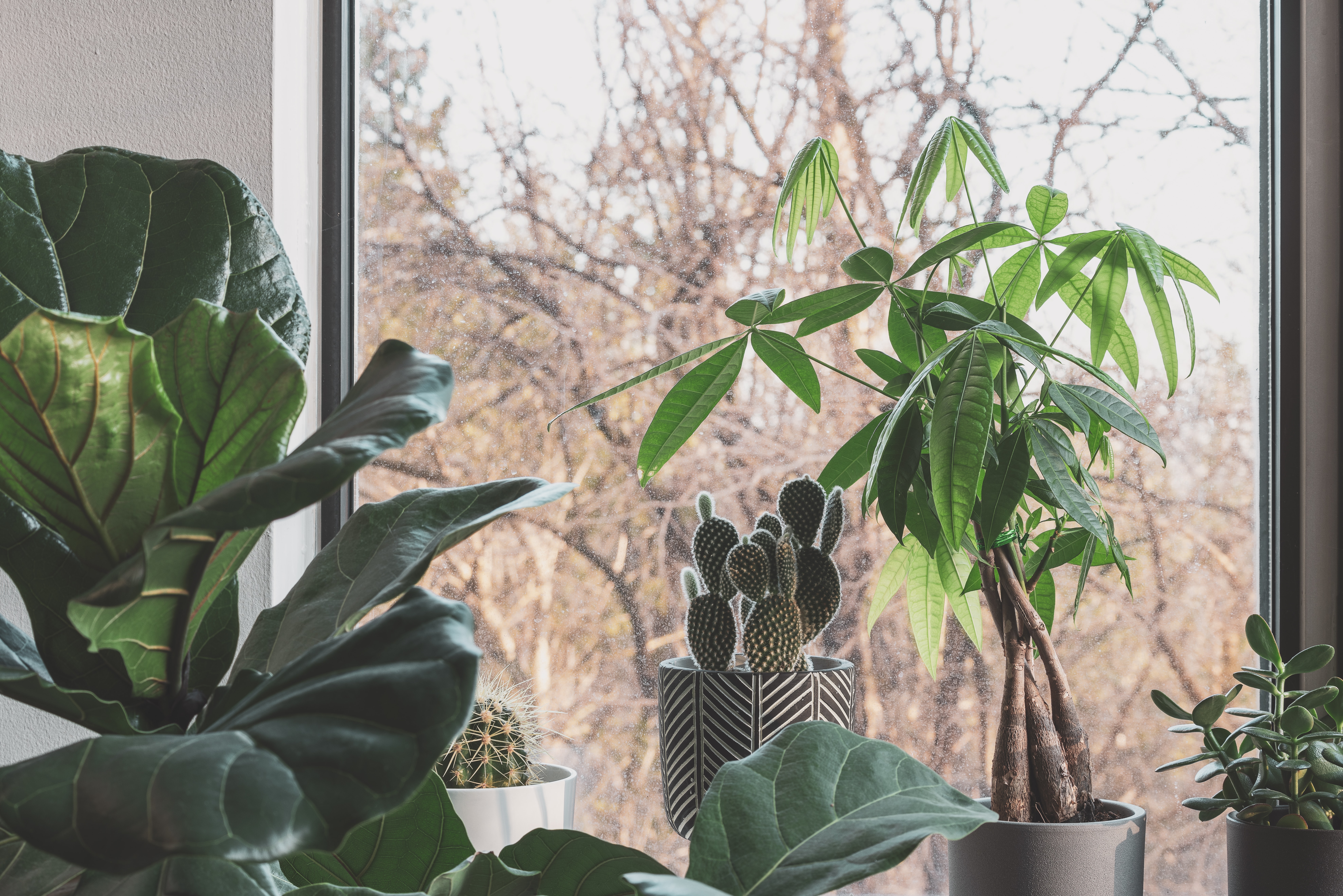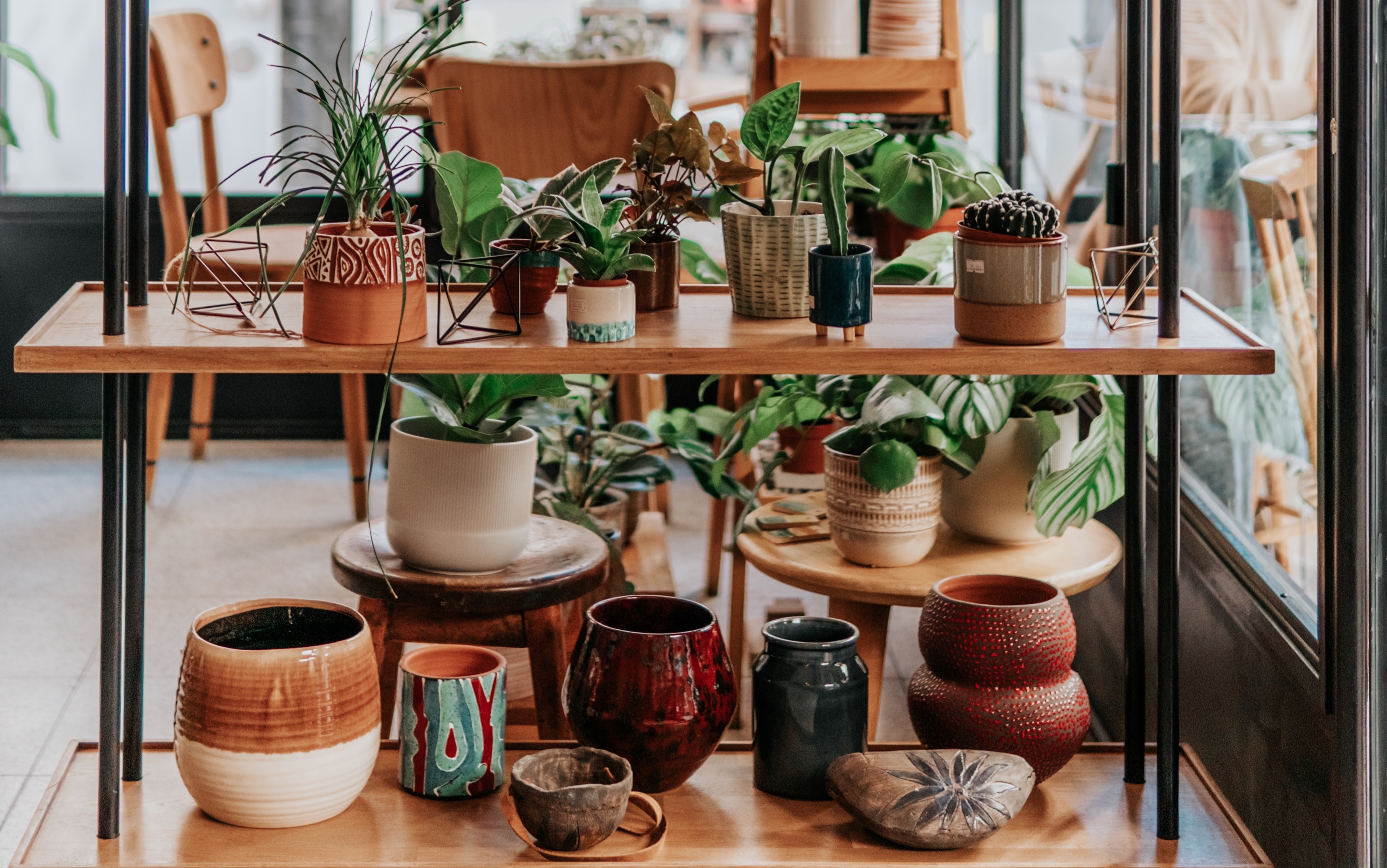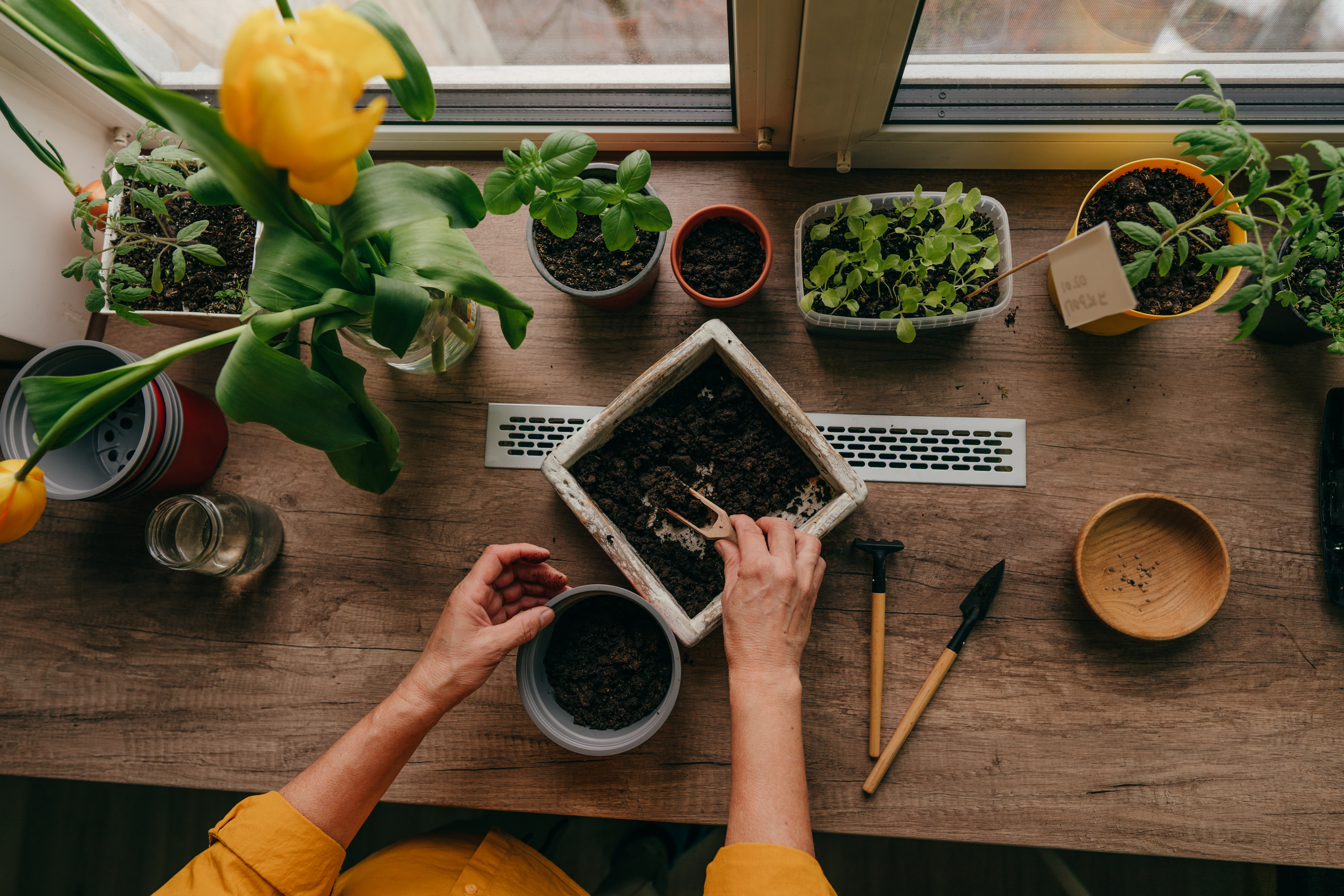Plantas watering schedule
The watering schedule is based on a set of designated algorithms that work together to create a schedule of tasks for a thriving plant.
Go to your plants profile in the app to fill in all the extra information about your plant. This will give you an even more accurate schedule.
Parameters
Below you can find the parameters Planta uses to calculate a unique watering schedule for each one of your plants:
Plant type
This factor serves as the base of the algorithms and is the first point we look at when creating the watering schedule.
For example: Desert plants can cope with far less water compared to tropical plants.
Light
Light conditions and window distance
Each plant has a preferred light setting in which it thrives, and depending on how much of this preferred light it gets, the watering need changes. Planta needs to know the light conditions of the site, and how far away the plant is from a window to create an accurate watering frequency.
For example: If you place a sun-loving cactus in a shaded room, it will require less water than it would if it was placed in full sun. This is also true for the opposite - a plant that requires a shaded site that's been placed in full sun will need more water than normal. (Also note that plants can get damaged and sick from being placed in incorrect light conditions)

Pot
Pot material and pot size
The material of the pot has an impact on how often the plant needs water since different materials are more or less porous. The size of the pot is also an important factor to look at since a smaller pot with less soil requires more frequent watering than a large one.
For example: A material like terracotta (which is very porous) allows for the soil to ‘breathe’, i.e. water can evaporate from the soil. But if you are using a pot made from glazed-ceramic or glass (non-porous), this will trap the moisture and therefore require less frequent watering.
Drainage
Using a pot with drainage holes in the bottom is very important for your plant's health. However if you are using a pot without drainage, Planta will decrease the watering frequency to reduce the risk of overwatering your plant. If possible, we do recommend using a pot with proper drainage.
Soil type
Using a soil with well-draining properties will need more frequent watering than a soil that can hold moisture longer. Planta will adjust the schedule according to the type of soil the plant is potted in.

Room/Site
Humidity
When the humidity is low, a plant loses water through their leaves at a higher speed than it would at a normal humidity level. This leads to some plants requiring more water in dry environments.
For example: A plant that thrives in a humid environment (like a fern), but is placed in a very dry room will require more frequent watering than it would in a humid environment. Please note that it might also suffer from being placed in a dry conditions.
Indoor temperature
A "normal" indoor temperature is around 65-80 °F (18-24 °C), which is perfect for most plants, especially those from tropical areas. However, some plants might need a lower temperature during parts of the year, and sometimes you might just have a room that's warmer or colder than this average. So depending on the temperature your plants are currently living in, the watering needs to adapt after this.
For example: The warmer the temperature is around a plant, the more water it needs. But if you place, let's say a Geranium, in colder temperatures during the winter months, you need to slow down on the water frequency. So depending on the site's temperature, we adapt the schedule for the plants situated in the room.
Near ac or heater
Plants that are placed near an air-conditioner won't be affected by outdoor temperature shifts, so for these plants Planta will turn off the outdoor temperature control. Plants placed over a radiator or close to heating will dry out faster than normal, which is why we adjust the watering schedule up for these plants.
For example: Planta usually adjusts to higher or lower outdoor temperatures, but if you marked that a plant is close to an AC, this will be turned off.

Location & Weather
Current season/month
The required frequency of watering changes over the course of a year based upon whether it is the warm season or cold season. The watering schedule adjusts to compensate for this.
For example: During the winter when you have fewer daylight hours and a lower temperature, your plant either goes into a dormant state or survival state depending on where they naturally grow - meaning they will need less water and fertilizing. A good tip is to add extra grow light during the darkest months.
Location & Live weather
Planta's algorithms fetch live weather data continuously during the day to catch any weather events that might affect how you care for your plants. It also looks into the future and notifies you if there's any type of weather you might need to protect your plants from, like high temperatures, rain, frost, low light and wind.
For example: A heatwave hits your town and your plants will require extra water. This is adjusted for on all outdoor sites, as well as sunny indoor rooms.

And remember if you have any questions about the app or your plants, you can always contact us in support.
From all of us at Planta - Happy planting